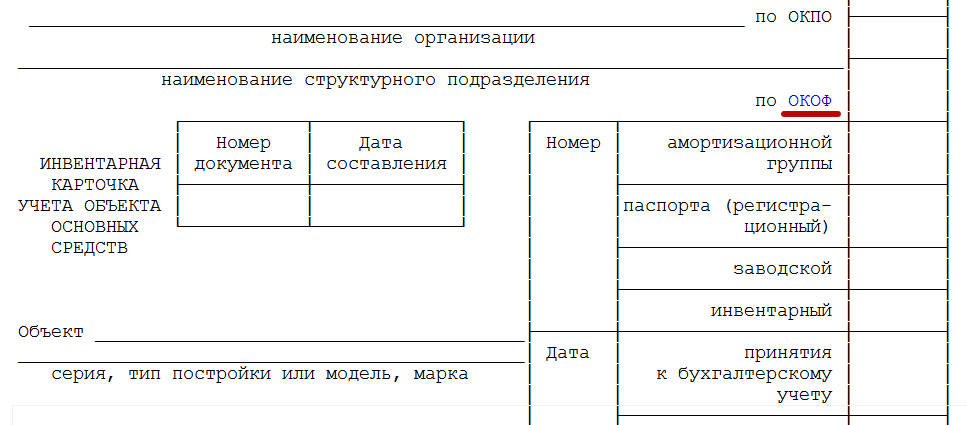Obrazec Prikaza O Vvode V Ekspluataciyu Osnovnih Sredstv Rb4720522

Buy and sell on the leading online auction platform. Search, bid, win on local auctions in Nebraska. Antiques & Collectibles, Coins, Estate & Personal Property, Cars & Trucks, Toys and more! The hypersonic effect is a phenomenon in which sounds containing significant quantities of non-stationary high-frequency components (HFCs) above the human audible range (max. 20 kHz) activate the midbrain and diencephalon and evoke various physiological, psychological and behavioral responses. Yet important issues remain unverified, especially the relationship existing between the frequency of.
Abstract The hypersonic effect is a phenomenon in which sounds containing significant quantities of non-stationary high-frequency components (HFCs) above the human audible range (max. 20 kHz) activate the midbrain and diencephalon and evoke various physiological, psychological and behavioral responses. Yet important issues remain unverified, especially the relationship existing between the frequency of HFCs and the emergence of the hypersonic effect. Fsx dirk stuck design storch 156c aircraft. In this study, to investigate the relationship between the hypersonic effect and HFC frequencies, we divided an HFC (above 16 kHz) of recorded gamelan music into 12 band components and applied them to subjects along with an audible component (below 16 kHz) to observe changes in the alpha2 frequency component (10–13 Hz) of spontaneous EEGs measured from centro-parieto-occipital regions (Alpha-2 EEG), which we previously reported as an index of the hypersonic effect.
Our results showed reciprocal directional changes in Alpha-2 EEGs depending on the frequency of the HFCs presented with audible low-frequency component (LFC). When an HFC above approximately 32 kHz was applied, Alpha-2 EEG increased significantly compared to when only audible sound was applied (positive hypersonic effect), while, when an HFC below approximately 32 kHz was applied, the Alpha-2 EEG decreased (negative hypersonic effect). These findings suggest that the emergence of the hypersonic effect depends on the frequencies of inaudible HFC. Citation: Fukushima A, Yagi R, Kawai N, Honda M, Nishina E, Oohashi T (2014) Frequencies of Inaudible High-Frequency Sounds Differentially Affect Brain Activity: Positive and Negative Hypersonic Effects. PLoS ONE 9(4): e95464. Editor: Joel Snyder, UNLV, United States of America Received: November 15, 2013; Accepted: March 26, 2014; Published: April 30, 2014 This is an open-access article, free of all copyright, and may be freely reproduced, distributed, transmitted, modified, built upon, or otherwise used by anyone for any lawful purpose. The work is made available under the Creative Commons CC0 public domain dedication.

Funding: This work was partly supported by JSPS KAKENHI Grant Number 22240049 and by MEXT KAKENHI Grant Number 22135008 for MH. This work was partly supported by JSPS through the “Funding Program for Next Generation World-Leading Researchers” for EN, initiated by the Council for Science and Technology Policy.